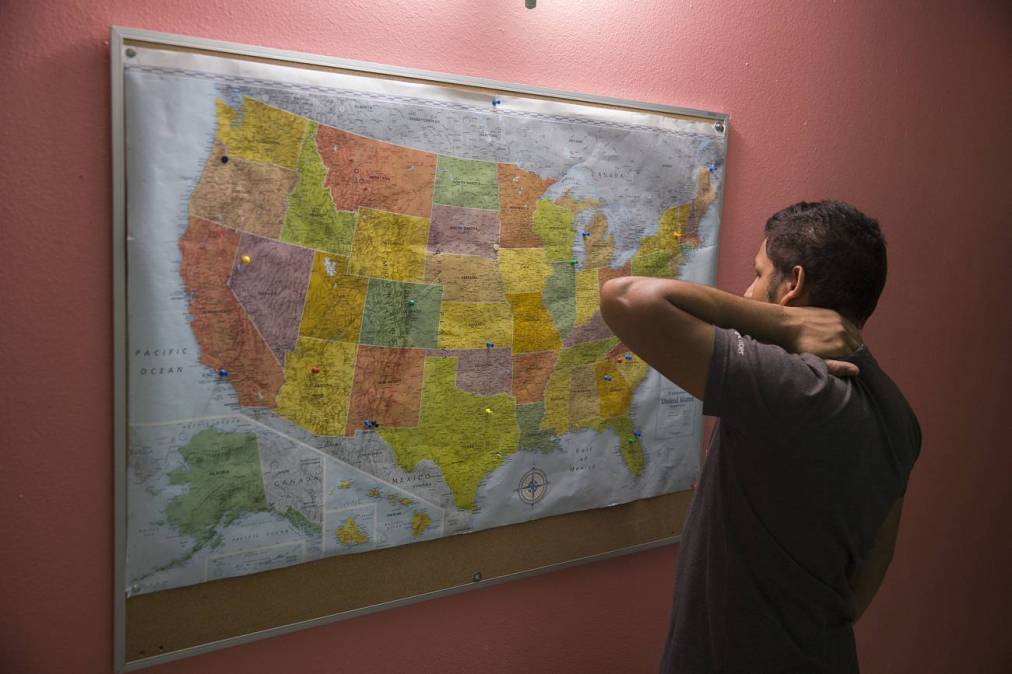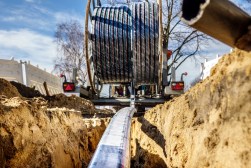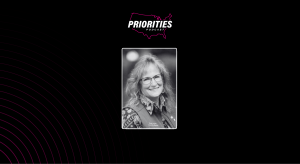Varying state readings of new BEAD guidance is driving where vendors bid

As more states conclude the additional round of bidding for the federal Broadband Equity, Access and Deployment program, new data show that how their broadband offices are differentially interpreting the new guidance is influencing the type and number of applications they receive from internet service providers.
States like Tennessee and Texas have communicated that providers with applications proposing the lowest cost possible would be scored higher, and therefore more likely to win bids. These states saw some of the highest rates of bidding from satellite internet service providers, like SpaceX’s Starlink and Amazon’s Project Kuiper, which have much lower deployment costs. In Tennessee, the satellite providers requested, on average, just one tenth of the funding fiber providers requested. In Texas, Starlink bid on nearly every eligible BEAD location.
Meanwhile, states such as Vermont and Virginia shared in FAQs and scoring rubrics that their broadband offices would evaluate each BEAD application on its technical merits — such as speed, latency and scalability — along with cost when considering whether a project may be considered as a “priority broadband project.” These states received a more mixed bag of applications. Virginia proposed that 81% of its BEAD locations be served with fiber, and the remainder of the winning bids going to satellite, fixed wireless and cable providers.
The findings are based on preliminary data shared by some states — including Arizona, New Mexico, Tennessee, Texas, Virginia and Washington — following the recent round of bidding necessitated by program changes announced by the Commerce Department in June. States like Louisiana and Virginia have even published drafts of new proposals for how they’ll spend their allotments of the $42.5 billion pot of BEAD funds.
Jennifer Hickerson, a senior manager who specializes in telecommunications at the professional services firm Baker Tilly, said that the new BEAD guidance allows states to determine individually what constitutes a “priority broadband project.” Under the original 2022 BEAD guidance, these were the projects states had to fund with their BEAD dollars first, and fiber was the preferred technology.
But with the Commerce Department’s removal of the “fiber first” preference and its directive for states to — in most cases — select bidders proposing the lowest costs, Hickerson said states have the authority to decide for each project or application which technologies, like low-Earth orbit satellites or fixed wireless, meet their definition of a “priority broadband project.”
“For states that really just gave out the message that it’s lowest cost, and that’s where we’re going to be focusing on and really drive those costs down in your applications — that did seem to have a negative impact on whether applicants were considering applying in those states,” she said.
Drew Garner, director of policy engagement at the nonprofit Benton Institute for Broadband and Society, said that the varying results show just how influential states’ interpretations were. As some states were more rigorous with their determinations about what constituted a “priority broadband project,” he said, others were more lenient.
Garner said that while the states were not allowed to make “blanket statements” about priority determinations on technologies, applicants still had to meet BEAD’s minimum speed and latency standards, and be scalable to meet communities’ evolving connectivity needs. While the recent BEAD program changes have made satellite providers more competitive for the funds — and they have taken full advantage through aggressive bidding in several states — Garner said the results so far still favor fiber infrastructure.
“All the [new BEAD] statute says is speed, latency, scalability — in a lot of circumstances, fiber meets all of those,” Garner said. “Like, no question, fiber definitely meets all those, and fiber will be useful for the next 50 years, whatever we build now.
“There are questions, though. Satellite is a newer technology, a lot of wireless is somewhat newer technology, and they simply don’t work in a number of situations where there are trees in a way, where there are mountains in the way. So it’s not scalable, it doesn’t meet the speed requirements, so that is what states are having to sort of determine right now. We don’t necessarily know that satellite and wireless will so each location deserves special scrutiny to determine if the project meets the statutory requirements.”






